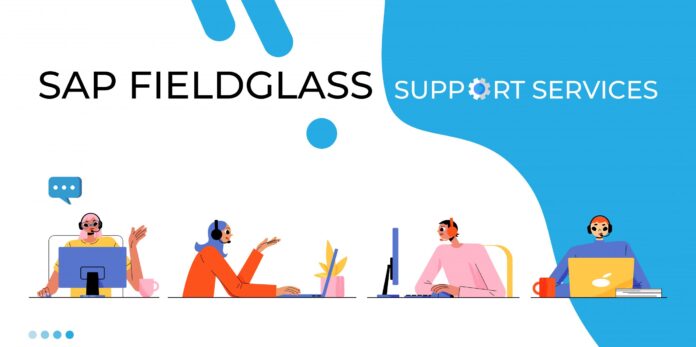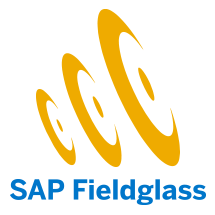SAP Fieldglass
Organisations are constantly looking for ways to improve productivity, reduce expenses, and optimise their workforce management procedures in today’s fast-paced business climate. A game-changer in this space is the cloud-based Vendor Management System (VMS), SAP Fieldglass. This blog post examines the revolutionary potential of SAP Fieldglass and provides details on its salient characteristics, advantages, and potential effects on businesses of all sizes and sectors.
Understanding SAP Fieldglass
An extensive cloud-based vendor management system called SAP Fieldglass helps businesses manage their external workforce more effectively. It makes it easier for businesses to find and manage external talent, services, and contingent labour, streamlining workforce operations and improving visibility into labour costs.
SAP Fieldglass offers a centralised platform for the sourcing and acquisition of contract workers and services. Businesses may connect with a huge network of suppliers and independent contractors, ensuring they always have access to the right personnel.
Vendor Management
Organisations are able to assess supplier performance, bargain contracts, and guarantee regulatory compliance when they have strong vendor management capabilities.
Real-time visibility into the whole external workforce, including contractors, independent workers, and service providers, is provided by SAP Fieldglass. This openness promotes improved decision-making and cost management.
Time and Expense Management
The system makes it easier to track time and expenses, resulting in accurate billing and fewer mistakes. Additionally, it provides automated options to speed up the approval procedure.
Compliance and Risk Management
By assuring compliance with labour laws, regulations, and corporate policies, SAP Fieldglass assists organisations in reducing risks related to external labour.
Analytics and Reporting
Extensive analytics and reporting tools offer insightful data on supplier performance, employee performance, and spend analysis, allowing for data-driven decision-making.


































